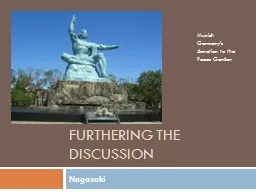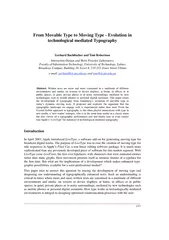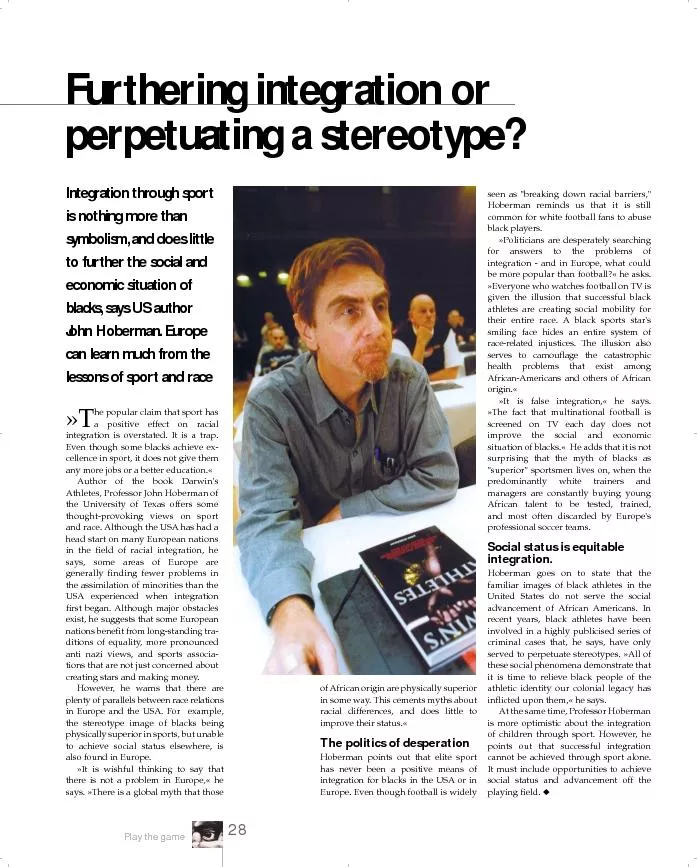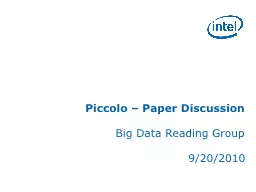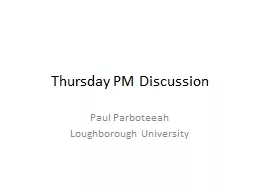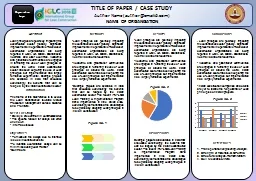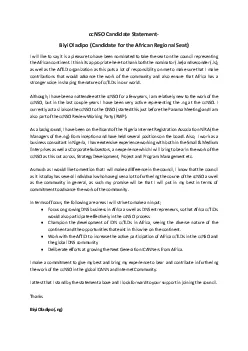PPT-Furthering the Discussion
Author : stefany-barnette | Published Date : 2017-10-09
Nagasaki Munich Germanys donation to the Peace Garden Portuguese Black Ships replica in bay in Nagasaki Founded before 1500 Nagasaki was originally a secluded harbour
Presentation Embed Code
Download Presentation
Download Presentation The PPT/PDF document "Furthering the Discussion" is the property of its rightful owner. Permission is granted to download and print the materials on this website for personal, non-commercial use only, and to display it on your personal computer provided you do not modify the materials and that you retain all copyright notices contained in the materials. By downloading content from our website, you accept the terms of this agreement.
Furthering the Discussion: Transcript
Download Rules Of Document
"Furthering the Discussion"The content belongs to its owner. You may download and print it for personal use, without modification, and keep all copyright notices. By downloading, you agree to these terms.
Related Documents

